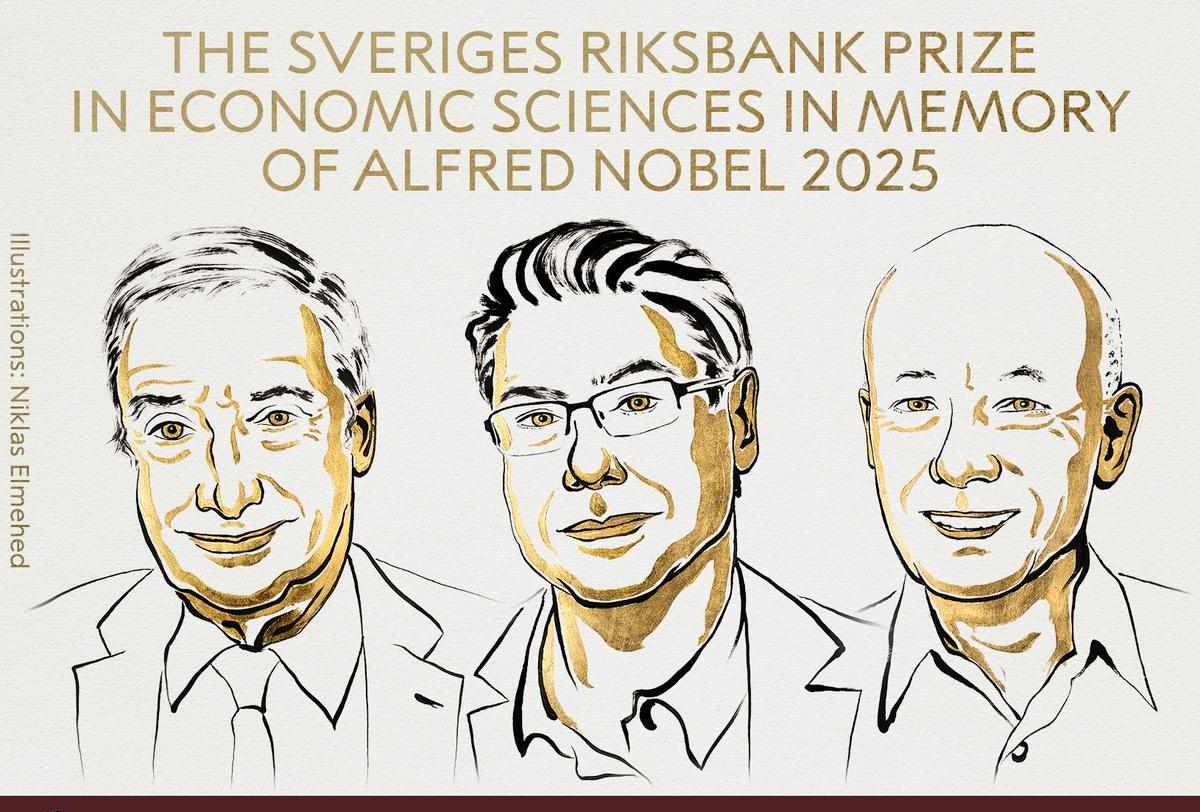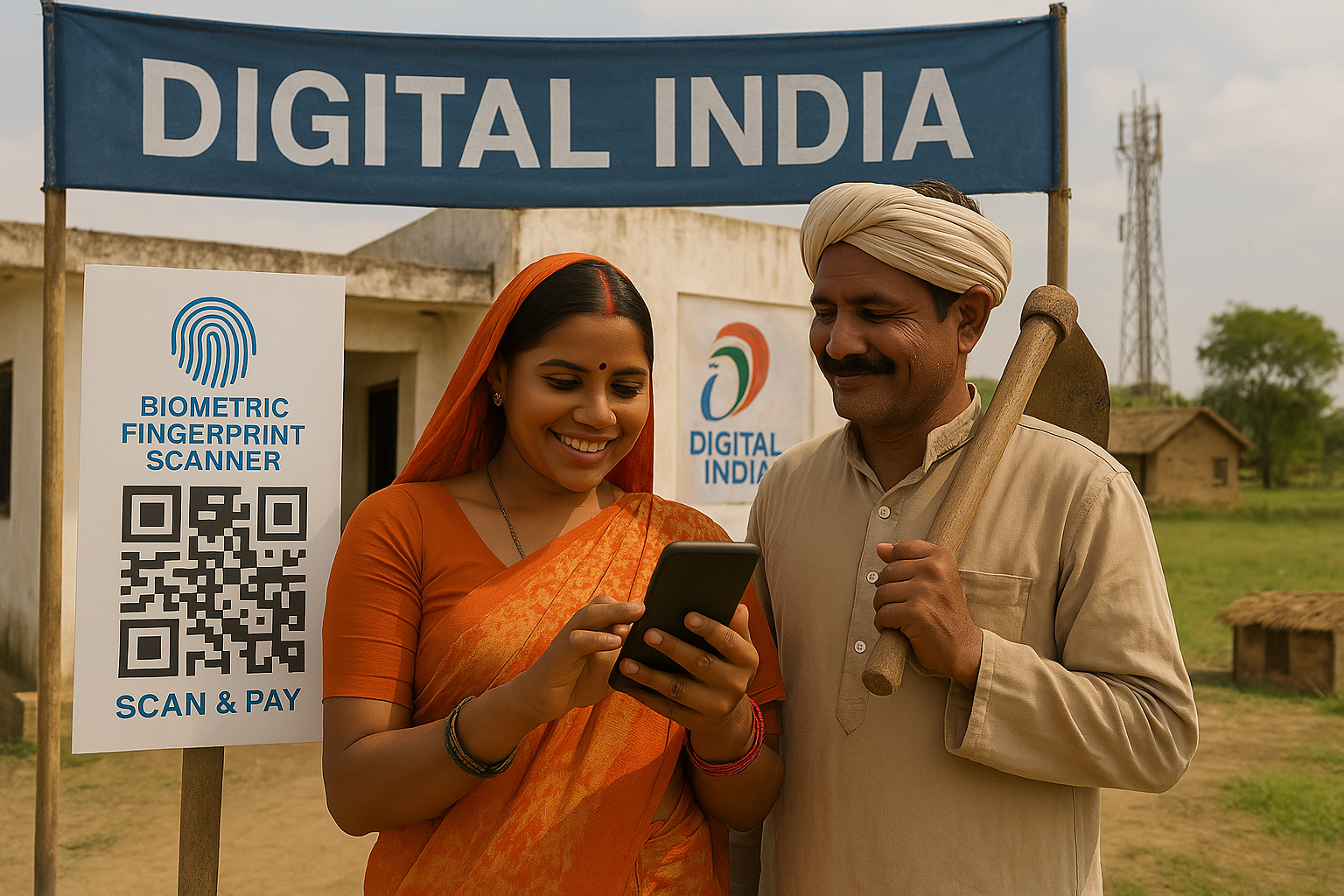
Economics has always intrigued me by its capacity to transform itself. What started as a study of markets, money, and trade has now developed into a discipline that interfaces with every area of life innovation, environment, behaviour, technology, and human emotion too. It's one of those few subjects that keeps changing with the changing pace of the world. Each decade appears to breed a new field, a new question, or a new way of looking at progress. That's what keeps economics so vibrant ,it progresses with us, not after us.
This year's 2025 Nobel Prize in Economic Sciences best embodies that dynamism. The award went to Joel Mokyr, Philippe Aghion, and Peter Howitt for their groundbreaking research on economic growth through innovation (Nobel Prize Committee, 2025). Their work delves into one of the most critical issues today: Why do certain societies keep growing and innovating while others lag behind in stagnation?
Joel Mokyr, an economist historian at North-western University, addressed this question by looking in the rear view mirror into the past. His book shows how Europe's intellectual and cultural environment during the Enlightenment supported curiosity, experimentation, and receptiveness to new ideas. According to Mokyr, it wasn't inventions alone that transformed the world, but the spirit of discovery itself , the conviction that improvement was possible and sought after (Mokyr, 2016). His work demonstrates that economic growth is not just technology or policy, but ideas and institutions that generate creativity.
Philippe Aghion and Peter Howitt, however, supplied the mathematical and theoretical framework for describing this process in their now famous model of "creative destruction." Extending Joseph Schumpeter's ideas, they formalized how new technologies displace existing ones, generating waves of disruption and renewal that propel long-term growth (Aghion & Howitt, 1992). Their model demonstrates that growth is not smooth , it's turbulent, dynamic, and intrinsically linked to innovation and competition.
Together, their work spans history and theory to demonstrate how innovation perpetuates prosperity. It reminds us that change needs to constantly renew itself that economies, as living things, need to adapt or perish.
The 2025 Nobel Prize contains lessons beyond the academy. In our rapidly transforming world of today guided by artificial intelligence, automation, and climate shifts the value of innovation has never been more evident. Economic advancement today hinges on our capacity to adapt, to release the old ways, and make space for new ones and technologies.
For emerging economies such as India, this study provides a motivating message. Sustainable development is not merely about stockpiling capital or resources; it is about building innovation ecosystems seeding entrepreneurs, investing in education and research, and fostering the ethos of experimentation. When the social order adopts creative destruction instead of shying away from it, it creates opportunities, employment, and industries.
That's the beauty of economics it never remains static. From classical supply and demand theory to sophisticated models of online economies, it keeps pace with the world it examines. Each new find, each new insight, assists us in knowing how societies develop, evolve, and advance.
The 2025 Nobel winners have taught us that the real driver of growth is not only policy or profit, but people their ideas, imagination, and willingness to innovate. And that's what makes economics so special, it's not only a social science, it's a tale of human potential.





Write a comment ...